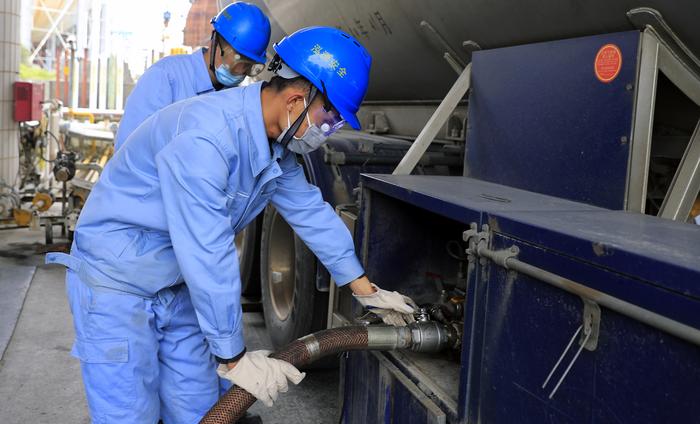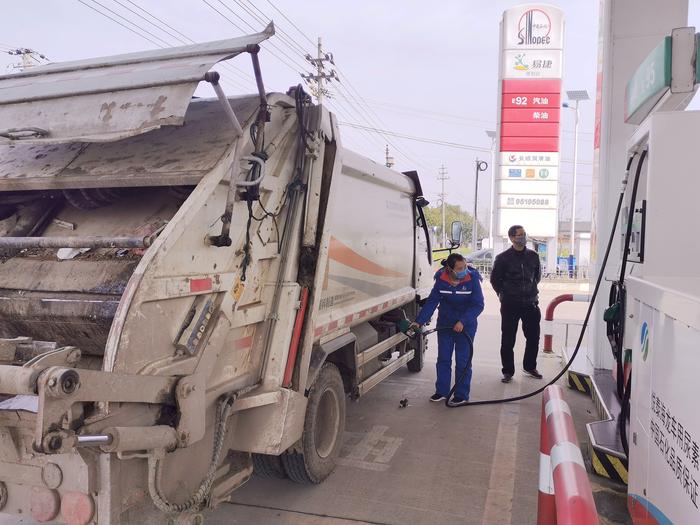|
| 2020-03-17 来源: 中国石化新闻网 |
| 石化新闻 |
中国石化新闻网讯 据3月16日Asia Times报道,俄罗斯表示,该国可以每天增加50万桶的产量。沙特阿拉伯宣布将其石油价格下调6-8美元/桶,并承诺将4月份的日产量提高至1230万桶,高于其额定产能,并计划将产能扩大到1300万桶/天,不过这可能需要几年的时间。 阿布扎比国家石油公司(ADNOC)将把日产量从3百万桶提高到4百万桶,以测试其新开发的产能。如果伊拉克继续运营其出口设施,可能会增加35万桶/天的产量。尼日利亚可能将日产量提高10万桶左右。科威特可以从与沙特阿拉伯的联合生产中立区增加25万桶/天的产量。 从2014年末的油价暴跌到2017年初生效的欧佩克+限产协议,美国石油产量下降了100万桶/天。此后,随着减产协议提振价格,美国每天增产550万桶,俄罗斯石油产量也略有上升,沙特石油日产量下降了100万桶。 沙特阿拉伯原油出口价格从此前的50美元/桶左右降至目前的26美元/桶左右,但出口量将从约725万桶/天增加到超过1000万桶/天,而价格减半使收入减少了约28%。 极低的生产成本使沙特石油公司保持了高利润,但它们必须以固定汇率和每桶50美元至100美元以上的盈亏平衡预算价格为政府预算提供资金。主权财富基金、债务和资产出售可以让实力较强的海湾国家维持数年的经济,但实力较弱的中东国家可能很快陷入困境。 假设俄罗斯大幅降价,其收入将下降45%。该国石油公司需要大量投资,并在北极和东西伯利亚开发新的昂贵油田,而产量将逐渐下降。但自2014年以来,俄罗斯的预算一直在强化,以应对油价下跌,盈亏平衡油价在每桶42美元左右,汇率灵活,而且可以每年从主权财富基金中拿出250亿美元来支撑数年的预算。 与此同时,美国页岩油生产商面临大量减产,其大部分对冲在油价低于45美元/桶时是无效的,而且在2021年之前几乎将全部到期。若不进行再投资,页岩油产量可能会以每天25万桶的速度下降。投资者已经对缺乏回报的状况感到疲惫,而大多数潜在的效率提升都是在2014年后收获的。埃克森美孚(ExxonMobil)和雪佛龙(Chevron)等大型石油公司曾在页岩气上押下重注,他们能够生存下来。但是,如果它们收购了规模较小的破产竞争对手的资产,就只能坐视不管,直到价格回升。 王佳晶 摘译自 Asia Times 原文如下: Oil price war a test of strength for producers Russia itself says it can add 500,000 barrels per day (bpd). Saudi Arabia made its “shock and awe” announcement designed to win a quick victory, slashing its prices by US$6-$8 per barrel and promising to boost April production to 12.3 million barrels per day, above its nominal capacity, and to expand that capacity to 13mbpd, likely the work of a few years. The Abu Dhabi National Oil Company (ADNOC), will raise production from 3mbpd to test out its newly minted 4mbpd capacity. Iraq could add 350,000bpd if its creaky export facilities hold up; Nigeria might raise production around 100,000bpd, and Kuwait can add 250,000bpd from its joint-production Neutral Zone with Saudi Arabia. OPEC has ended up fighting the right battle, but perhaps at the wrong time. Between the oil-price crash in late 2014 and the OPEC+ agreement to limit production that went into force at the start of 2017, US oil production fell by 1mbpd. Since then, as the deal boosted prices, the US added 5.5mbpd, Russian production rose slightly despite its promises to cut, and Saudi output dropped 1mbpd. The price received by Saudi Arabia for its crude-oil exports fell from about $50 per barrel before the meeting to about $26 now. However, the volume of exports will rise from about 7.25mbpd to more than 10mbpd: a halving in prices has reduced revenues by some 28%. Exceptionally low production costs keep state oil firms highly profitable, but they have to fund government budgets with pegged exchange rates and break-even budget prices that range from $50 to more than $100 per barrel. Sovereign wealth funds, debt and asset sales can keep the stronger Gulf states afloat for years, but weaker Middle East countries could quickly sink. Assuming Russia slashes prices to compete, its revenue will drop 45%. Its oil companies, which need heavy reinvestment and development of new costly fields in the Arctic and East Siberia, will see their production gradually fall. But since 2014, the Russian budget has been fortified against lower oil prices and Western sanctions. Its break-even oil price is around $42 per barrel, its exchange rate is flexible, and it could spare $25 billion annually from its sovereign wealth fund to prop up the budget over several years. Meanwhile, US shale producers face decimation. Much of their hedging is ineffective at prices below $45 per barrel, and anyway expires almost totally before 2021. Shale output may drop as fast as 250,000bpd monthly without reinvestment. Investors were already tired of a lack of financial returns, while most potential efficiency gains have been reaped post-2014. Supermajors such as ExxonMobil and Chevron had bet heavily on shale and they will survive. But if they acquire assets of smaller bankrupt competitors, it will be to sit on them until prices improve.? |








